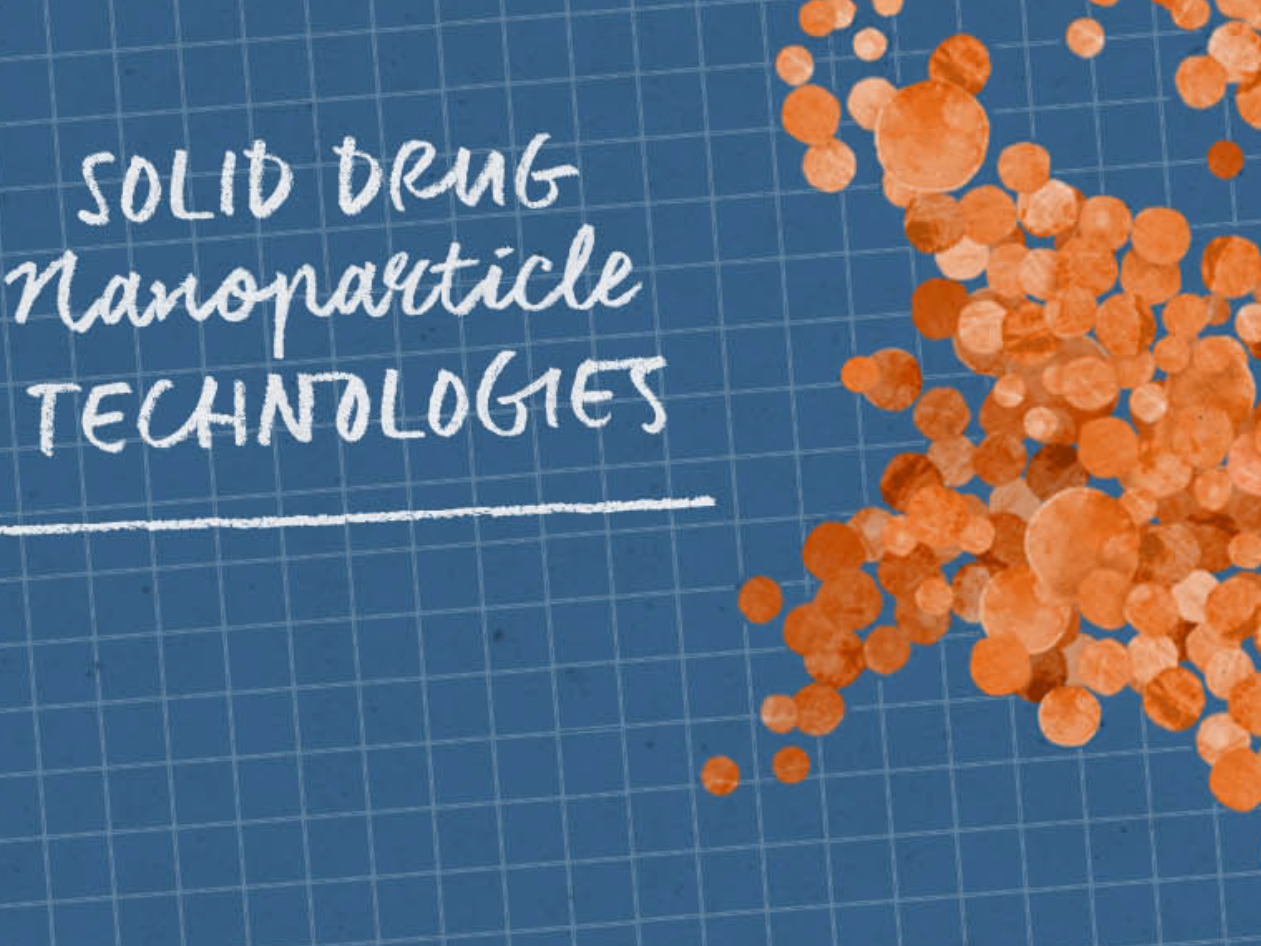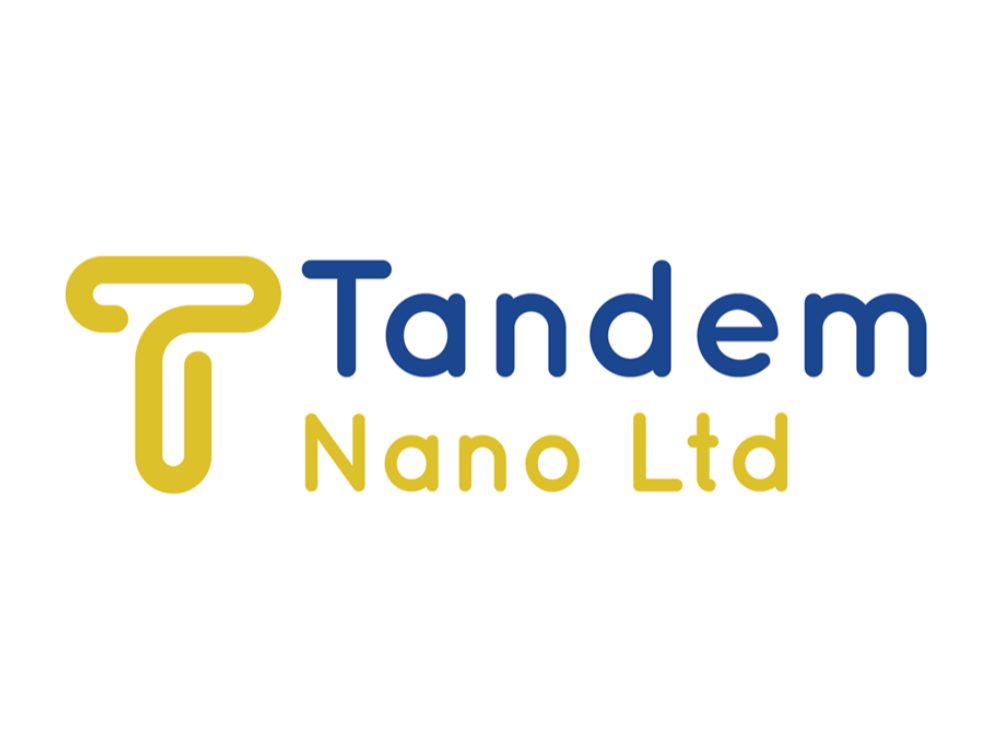Type of technology
Aqueous drug particle suspension
Administration route
To be determined
Development state and regulatory approval
Anti-infectives for systemic use, Glecaprevir and pibrentasvir (G/P), Rifapentine
Pre-clinical
Not provided
Description
The use of particle processing technology to generate long-acting injectable nanoparticle formulations for long-acting delivery.
Technology highlight
The generation of high drug-loading nanoparticles with prolonged release for poorly water-soluble drugs with the potential for co-formulation strategies.
Illustration(s)
Technology main components
Active pharmaceutical ingredients, FDA/CDER listed excipients.
Delivery device(s)
No delivery device
APIs compatibility profile
Unit: mg/mL
To be determined.
Multiple.
None.
-
75-90 wt%
2 different APIs : API dependent.
Not provided
Scale-up and manufacturing prospects
To be determined
To be determined
To be determined
To be determined
Excipients
No proprietary excipient used
No novel excipient or existing excipient used
No residual solvent used
Additional features
Not provided
To be determined
To be determined
To be determined
To be determined
To be determined
Therapeutic area(s)
- Disease agnostic
Not provided
Potential associated API(s)
- Anti-infectives for systemic use , Glecaprevir and pibrentasvir (G/P) , Rifapentine
- Antiparasitic products , Atovaquone
Use of technology
- To be determined
Not provided
Not provided
Targeted user groups
- Adults
- All
- Male
- Female
- Cisgender female
- Cisgender male
- Transgender female
- Transgender male
- Intersex
- Gender non-binary
Unspecified
Unspecified
Unspecified
Not provided
Anti-infectives for systemic use , Glecaprevir and pibrentasvir (G/P) , Rifapentine
Not provided
Pre-clinical
Not provided
Not provided
Not provided
Not provided
Not provided
Antiparasitic products , Atovaquone
Not provided
Pre-clinical
Not provided
Not provided
Not provided
Not provided
Not provided
Publications
Improving maraviroc oral bioavailability by formation of solid drug nanoparticles.
Savage AC, Tatham LM, Siccardi M, Scott T, Vourvahis M, Clark A, Rannard SP, Owen A.
Eur J Pharm Biopharm. 2019 May;138:30-36.
doi: 10.1016/j.ejpb.2018.05.015.
Oral drug administration remains the preferred approach for treatment of HIV in most patients. Maraviroc (MVC) is the first in class co-receptor antagonist, which blocks HIV entry into host cells. MVC has an oral bioavailability of approximately 33%, which is limited by poor permeability as well as affinity for CYP3A and several drug transporters. While once-daily doses are now the favoured option for HIV therapy, dose-limiting postural hypotension has been of theoretical concern when administering doses high enough to achieve this for MVC (particularly during coadministration of enzyme inhibitors). To overcome low bioavailability and modify the pharmacokinetic profile, a series of 70 wt% MVC solid drug nanoparticle (SDN) formulations (containing 30 wt% of various polymer/surfactant excipients) were generated using emulsion templated freeze-drying. The lead formulation contained PVA and AOT excipients (MVCSDNPVA/AOT), and was demonstrated to be fully water-dispersible to release drug nanoparticles with z-average diameter of 728 nm and polydispersity index of 0.3. In vitro and in vivo studies of MVCSDNPVA/AOT showed increased apparent permeability of MVC, compared to a conventional MVC preparation, with in vivo studies in rats showing a 2.5-fold increase in AUC (145.33 vs. 58.71 ng h ml−1). MVC tissue distribution was similar or slightly increased in tissues examined compared to the conventional MVC preparation, with the exception of the liver, spleen and kidneys, which showed statistically significant increases in MVC for MVCSDNPVA/AOT. These data support a novel oral format with the potential for dose reduction while maintaining therapeutic MVC exposure and potentially enabling a once-daily fixed dose combination product.
McDonald TO, Giardiello M, Martin P, Siccardi M, Liptrott NJ, Smith D, Roberts P, Curley P, Schipani A, Khoo SH, Long J, Foster AJ, Rannard SP, Owen A.
Adv Healthc Mater. 2014 Mar;3(3):400-11.
doi: 10.1002/adhm.201300280.
Nanomedicine strategies have produced many commercial products. However, no orally dosed HIV nanomedicines are available clinically to patients. Although nanosuspensions of drug particles have demonstrated many benefits, experimentally achieving >25 wt% of drug relative to stabilizers is highly challenging. In this study, the emulsion-templated freeze-drying technique for nanoparticles formation is applied for the first time to optimize a nanodispersion of the leading non-nucleoside reverse transcriptase inhibitor efavirenz, using clinically acceptable polymers and surfactants. Dry monoliths containing solid drug nanoparticles with extremely high drug loading (70 wt% relative to polymer and surfactant stabilizers) are stable for several months and reconstitute in aqueous media to provide nanodispersions with z-average diameters of 300 nm. The solid drug nanoparticles exhibit reduced cytoxicity and increased in vitro transport through model gut epithelium. In vivo studies confirm bioavailability benefits with an approximately four-fold higher pharmacokinetic exposure after oral administration to rodents, and predictive modeling suggests dose reduction with the new formulation may be possible.
Giardiello M, Liptrott NJ, McDonald TO, Moss D, Siccardi M, Martin P, Smith D, Gurjar R, Rannard SP, Owen A.
Nat Commun. 2016 Oct 21;7:13184.
doi: 10.1038/ncomms13184.
Considerable scope exists to vary the physical and chemical properties of nanoparticles, with subsequent impact on biological interactions; however, no accelerated process to access large nanoparticle material space is currently available, hampering the development of new nanomedicines. In particular, no clinically available nanotherapies exist for HIV populations and conventional paediatric HIV medicines are poorly available; one current paediatric formulation utilizes high ethanol concentrations to solubilize lopinavir, a poorly soluble antiretroviral. Here we apply accelerated nanomedicine discovery to generate a potential aqueous paediatric HIV nanotherapy, with clinical translation and regulatory approval for human evaluation. Our rapid small-scale screening approach yields large libraries of solid drug nanoparticles (160 individual components) targeting oral dose. Screening uses 1 mg of drug compound per library member and iterative pharmacological and chemical evaluation establishes potential candidates for progression through to clinical manufacture. The wide applicability of our strategy has implications for multiple therapy development programmes.
Long-acting injectable atovaquone nanomedicines for malaria prophylaxis.
Bakshi, R.P., Tatham, L., Savage, A.C. et al.
Nat Commun 9, 315 (2018).
https://doi.org/10.1038/s41467-017-02603-z
Chemoprophylaxis is currently the best available prevention from malaria, but its efficacy is compromised by non-adherence to medication. Here we develop a long-acting injectable formulation of atovaquone solid drug nanoparticles that confers long-lived prophylaxis against Plasmodium berghei ANKA malaria in C57BL/6 mice. Protection is obtained at plasma concentrations above 200 ng ml-1 and is causal, attributable to drug activity against liver stage parasites. Parasites that appear after subtherapeutic doses remain atovaquone-sensitive. Pharmacokinetic–pharmacodynamic analysis indicates protection can translate to humans at clinically achievable and safe drug concentrations, potentially offering protection for at least 1 month after a single administration. These findings support the use of long-acting injectable formulations as a new approach for malaria prophylaxis in travellers and for malaria control in the field.
Additional documents
No documents were uploaded
Useful links
There are no additional links
Collaborate for development
Consider on a case by case basis, collaborating on developing long acting products with potential significant public health impact, especially for low- and middle-income countries (LMICs), utilising the referred to long-acting technology
Share technical information for match-making assessment
Provide necessary technical information to a potential partner, under confidentiality agreement, to enable preliminary assessment of whether specific medicines of public health importance in LMICs might be compatible with the referred to long-acting technology to achieve a public health benefit
Work with MPP to expand access in LMICs
In the event that a product using the referred to long-acting technology is successfully developed, the technology IP holder(s) will work with the Medicines Patent Pool towards putting in place the most appropriate strategy for timely and affordable access in low and middle-income countries, including through licensing


